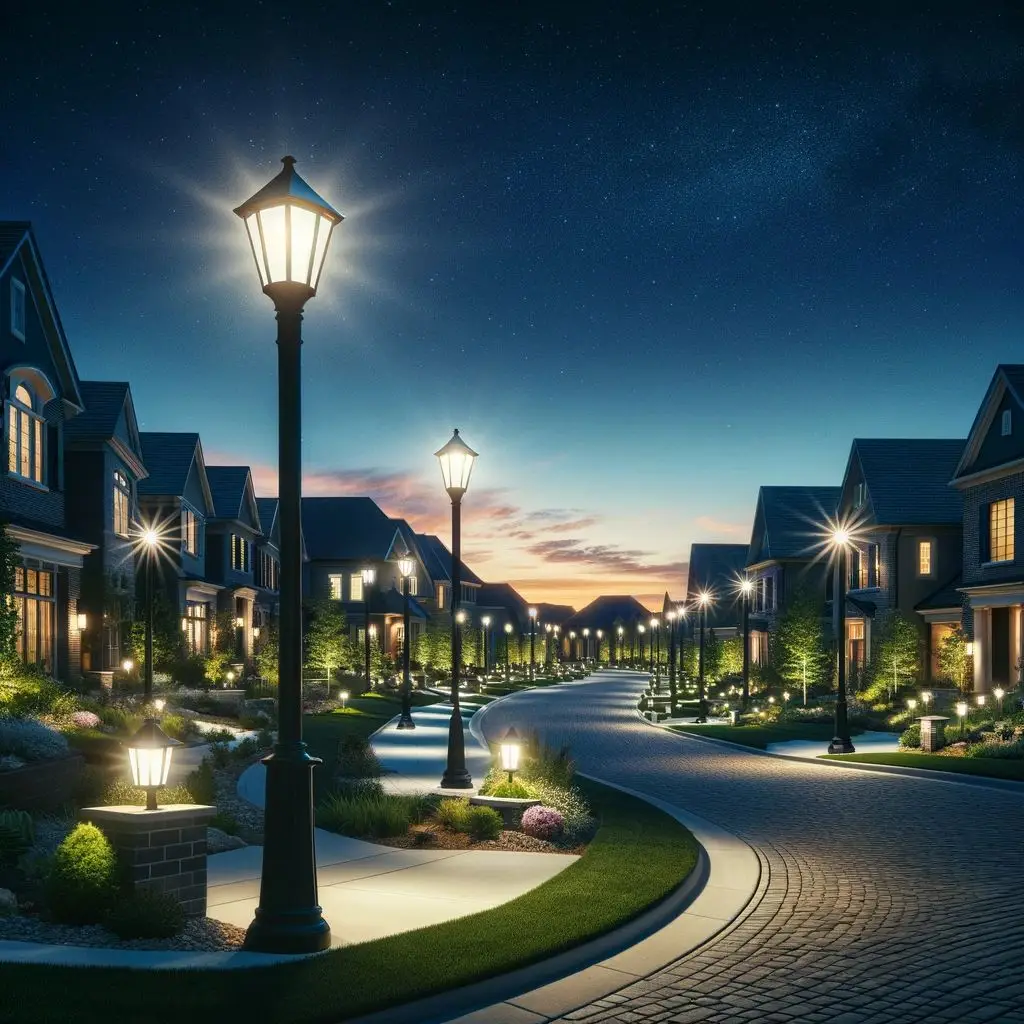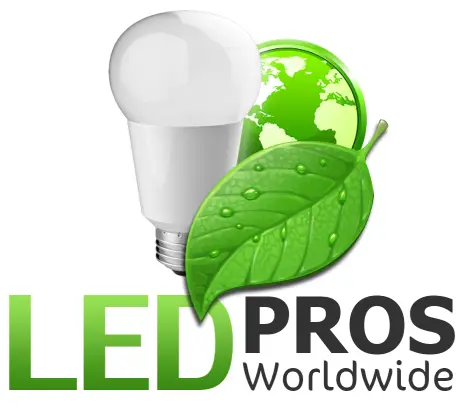When purchasing a property within a planned community, many homeowners overlook the crucial aspect of homeowner association maintenance. However, understanding the intricacies of HOA maintenance is fundamental to preserving property values and maintaining a high quality of life within your community. This comprehensive guide will delve into the various facets of HOA maintenance, including daily operations, financial considerations, and long-term planning.
The Fundamentals of Homeowner Association Maintenance
Defining the Scope of HOA Maintenance
Homeowner association maintenance encompasses a wide range of activities designed to preserve and enhance the community’s assets. These efforts are critical for maintaining property values and ensuring a pleasant living environment for all residents. The scope of maintenance typically includes both routine upkeep and long-term preservation of common areas and shared facilities.
Common Areas: The Core of HOA Maintenance
The primary focus of homeowner association maintenance is often the common areas shared by all residents. These areas may include:
- Landscaping in shared spaces
- Maintenance of community amenities such as pools and fitness centers
- Upkeep of shared infrastructure like walkways and roads
- Maintenance of communal buildings, including clubhouses
Depending on the specific structure of your HOA, maintenance responsibilities may extend to the exterior of individual homes or even certain interior elements. Understanding the extent of these responsibilities is crucial for all homeowners.
Financial Aspects of HOA Maintenance
HOA Fees: Funding Ongoing Maintenance
HOA fees serve as the primary funding source for homeowner association maintenance. These fees typically cover:
– Regular maintenance costs (e.g., landscaping, waste management)
– Emergency repair funds
– Reserves for future large-scale projects
It’s essential for homeowners to understand how their HOA fees are allocated and used to support ongoing maintenance efforts.
 |
Homeowners Association Capital Improvements: Long-term Investment in Community Infrastructure
Homeowners association capital improvements represent significant investments in the community’s infrastructure. These projects often involve:
– Major renovations or replacements of shared buildings
– Extensive landscaping projects
– HOA lighting upgrades to improve efficiency and safety
– Substantial renovations of community amenities
These capital improvements require careful planning, and budgeting, and often necessitate special assessments. A well-managed HOA will anticipate these expenses and plan accordingly to minimize financial strain on homeowners.
Delineating Maintenance Responsibilities
Understanding the Division of Maintenance Duties
The allocation of maintenance responsibilities between individual homeowners and the HOA can vary significantly between communities. To clearly understand these divisions, homeowners should:
- Thoroughly review the community’s CC&Rs (Covenants, Conditions & Restrictions)
- Regularly attend HOA meetings to stay informed
- Maintain open communication with the HOA board
Clarity regarding maintenance responsibilities is crucial for preventing misunderstandings and ensuring proper upkeep of both individual properties and common areas.
Balancing Maintenance and Upgrades
The line between routine maintenance and community upgrades can sometimes blur. For instance, HOA lighting upgrades may start as a maintenance issue but evolve into a significant improvement project. These situations highlight the need for HOAs to balance maintaining current standards with enhancing community assets for the future.
Strategies for Effective Community Maintenance
Preventive Maintenance: A Proactive Approach
Implementing a robust preventive maintenance program is a cornerstone of effective homeowner association maintenance. This approach offers several benefits:
– Extended lifespan of community assets
– Reduction in emergency repair costs
– Stabilization of HOA fees over time
By addressing potential issues before they escalate, HOAs can maintain community standards while managing costs effectively.
Leveraging Technology in Maintenance Management
Modern homeowner association maintenance increasingly relies on technological solutions. From maintenance tracking software to online portals for issue reporting, these tools can significantly enhance the efficiency and effectiveness of maintenance efforts. Embracing these technologies can lead to more responsive and cost-effective maintenance practices.
Fostering a Maintenance-Conscious Community
Education: Empowering Homeowners
An informed homeowner base is crucial for effective homeowner association maintenance. By educating residents about maintenance needs and processes, HOAs can:
– Minimize misunderstandings and conflicts
– Encourage timely reporting of maintenance issues
– Cultivate a sense of shared responsibility among homeowners
This educational approach can lead to a more engaged and cooperative community.
The Importance of Clear Communication
Transparent and consistent communication is vital in all aspects of homeowner association maintenance. Regular updates through newsletters, emails, or community meetings keep homeowners informed about ongoing maintenance efforts, upcoming projects, and any changes in maintenance policies or procedures.
Frequently Asked Questions About HOA Maintenance
- Q: Is it possible to opt out of HOA maintenance services?
A: Generally, participation in HOA maintenance services is mandatory for all homeowners within the community.
- Q: What options are available if a homeowner cannot afford a special assessment for capital improvements?
A: Many HOAs offer payment plans or consider hardship exceptions. It’s advisable to communicate with the HOA board if facing financial difficulties.
- Q: What is the typical frequency of homeowner association maintenance?
A: Maintenance schedules vary based on the specific task. Some maintenance is performed daily, while other tasks may be annual or less frequent.
- Q: Can individual homeowners perform maintenance on common areas?
A: For liability and consistency reasons, maintenance of common areas is typically restricted to professionals hired by the HOA.
- Q: How can homeowners participate in HOA maintenance decisions?
A: Homeowners can attend HOA meetings, join relevant committees, or consider running for a position on the HOA board to have a voice in maintenance decisions.
Conclusion: The Vital Role of Maintenance in Community Health
Homeowner association maintenance plays a crucial role in preserving property values and ensuring a high quality of life within planned communities. From routine upkeep to significant homeowners association capital improvements, effective maintenance requires careful planning, clear communication, and active participation from all community members.
By understanding the scope of HOA maintenance, the financial considerations involved, and the importance of preventive care, homeowners can contribute to the long-term health and vitality of their communities. Whether it’s supporting necessary HOA lighting upgrades or participating in community maintenance initiatives, each homeowner plays a vital role in the collective effort to maintain and enhance their shared living environment.
As communities evolve and face new challenges, a well-structured approach to homeowner association maintenance will remain essential for preserving property values, ensuring resident satisfaction, and building resilient, thriving neighborhoods for years to come.
[gravityform id=”1″ title=”true” description=”true”]
